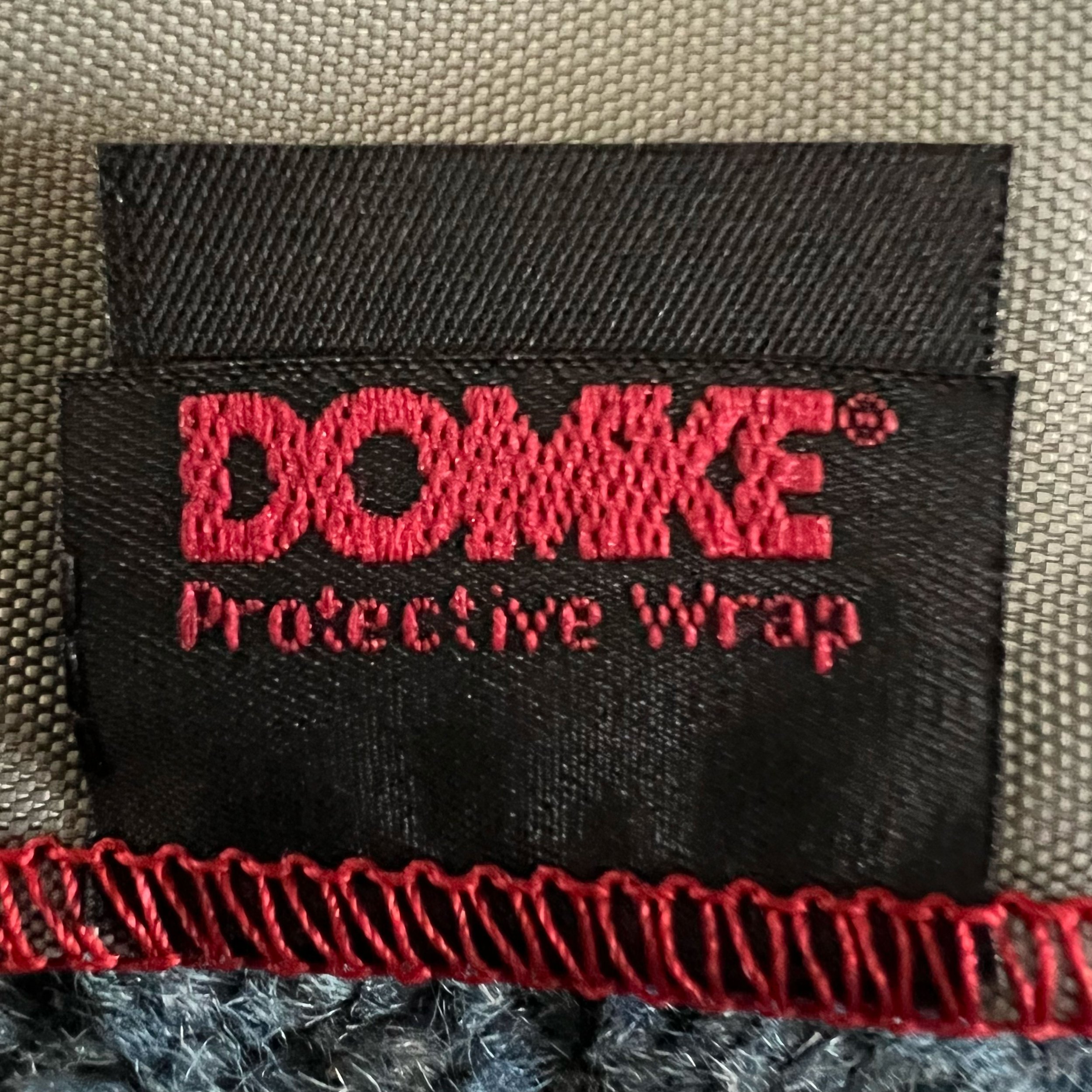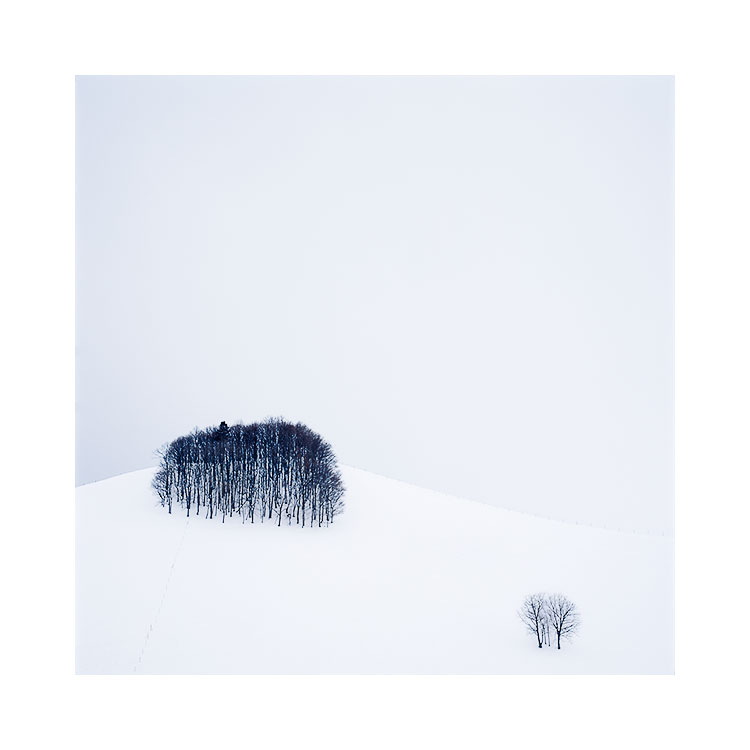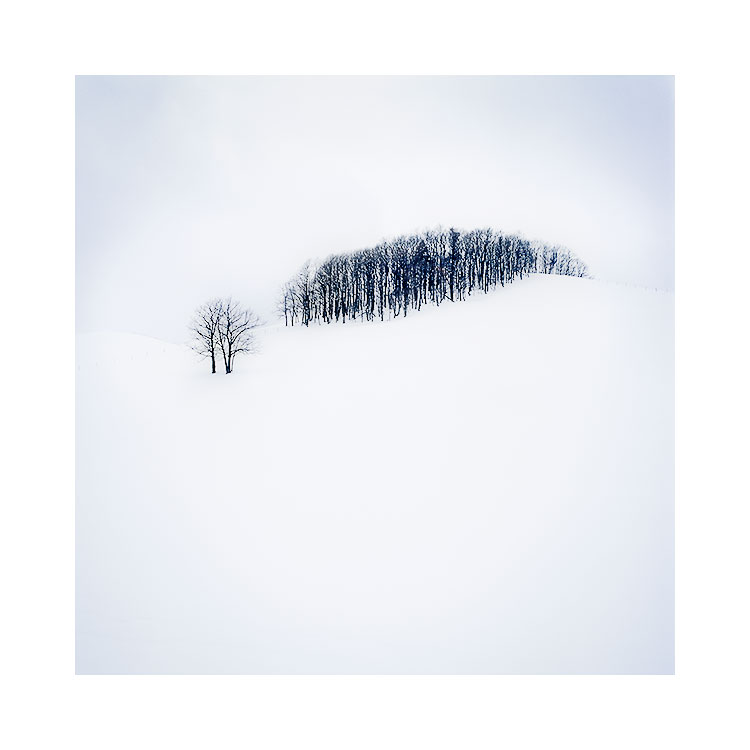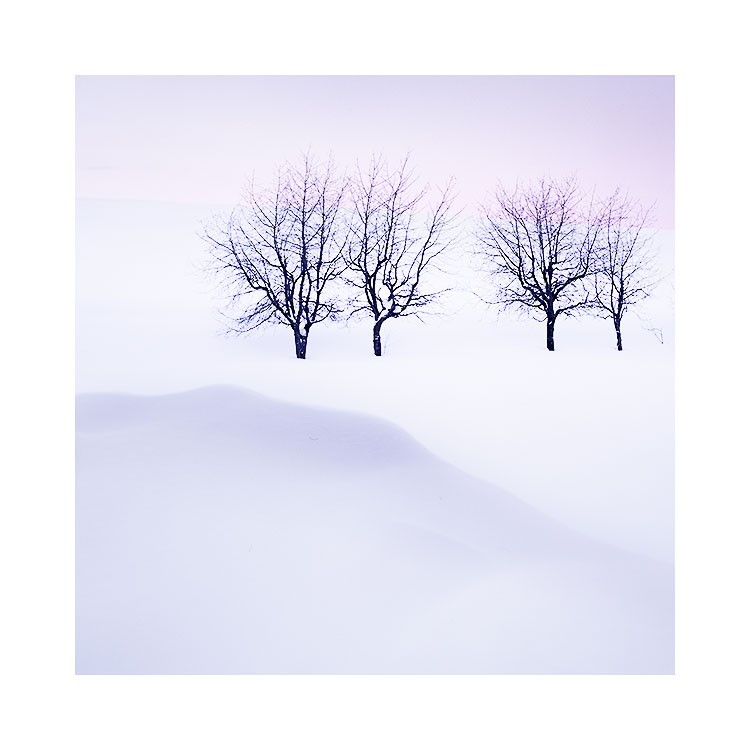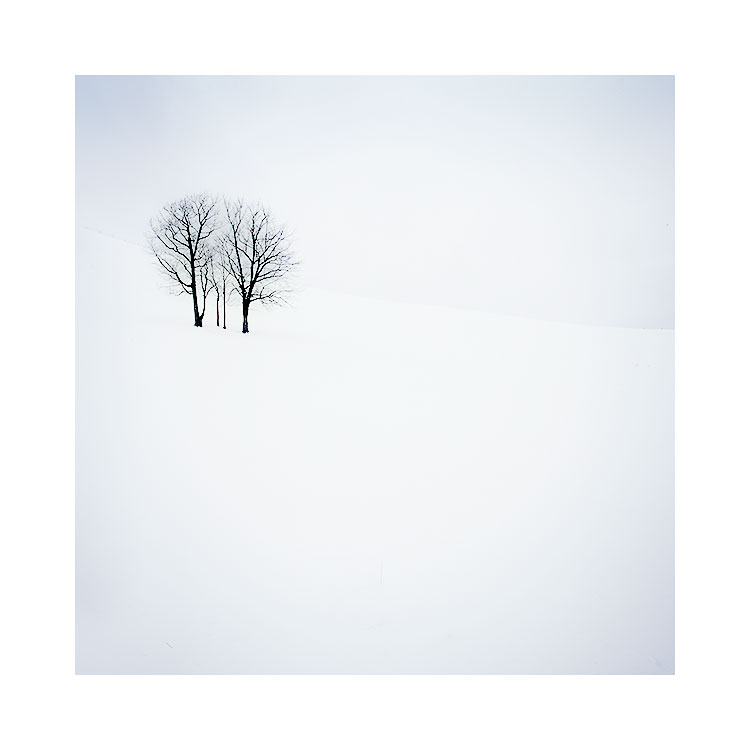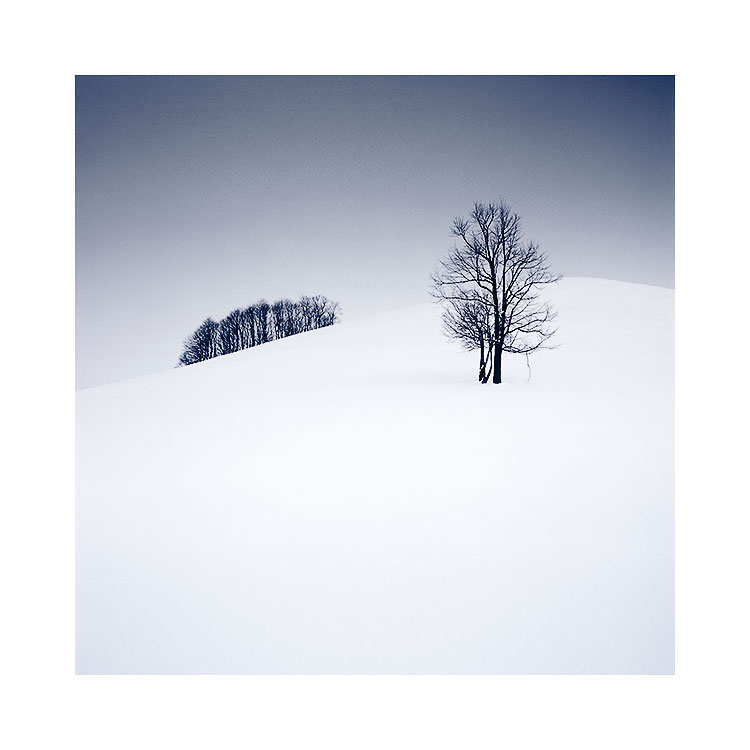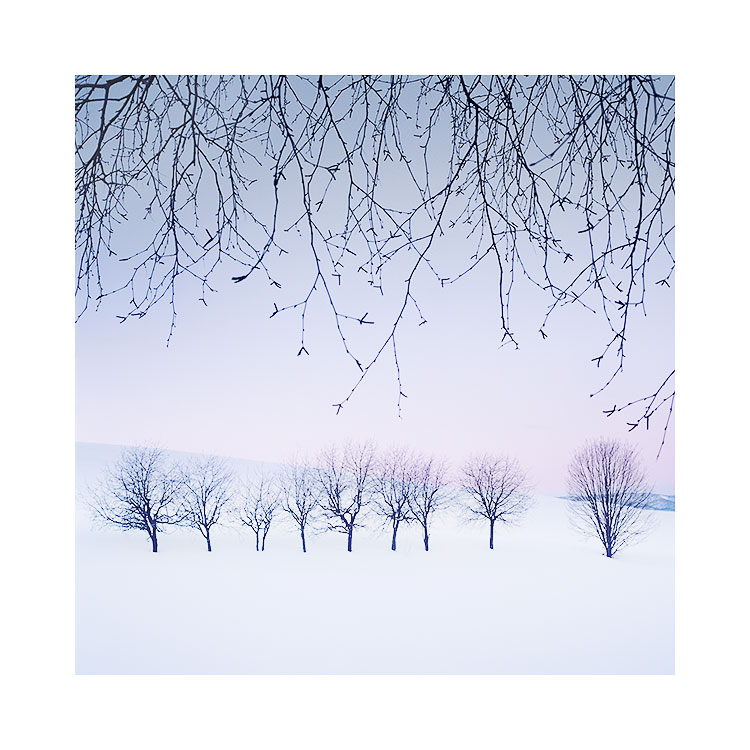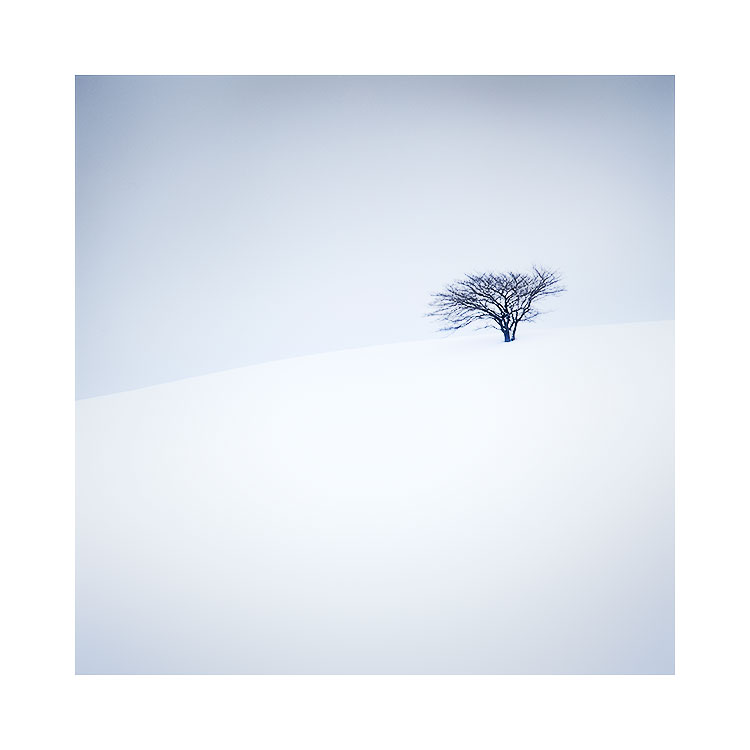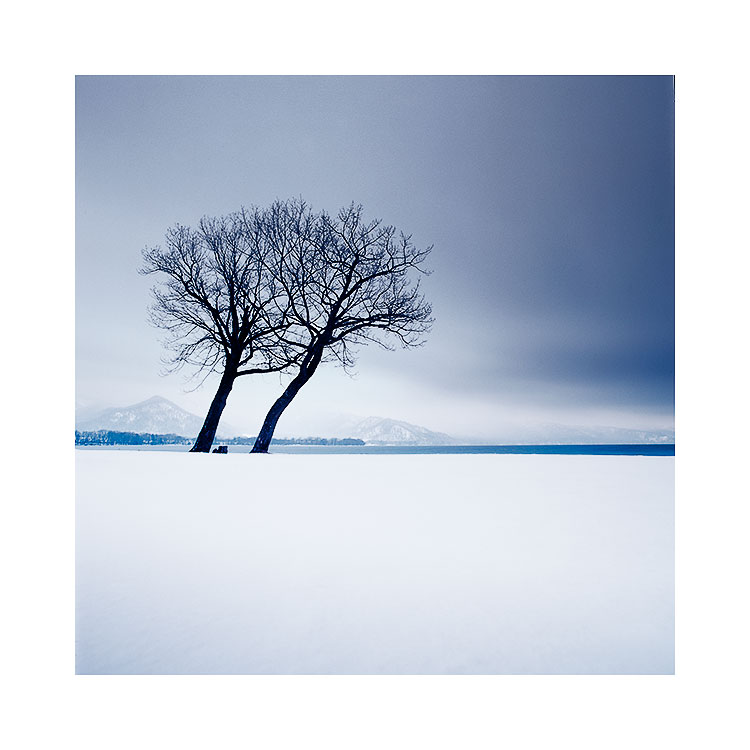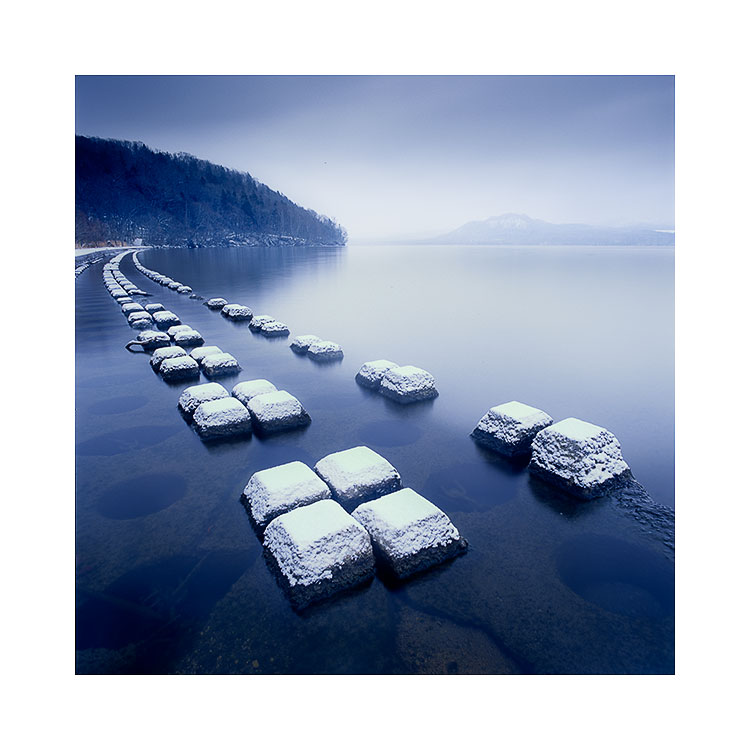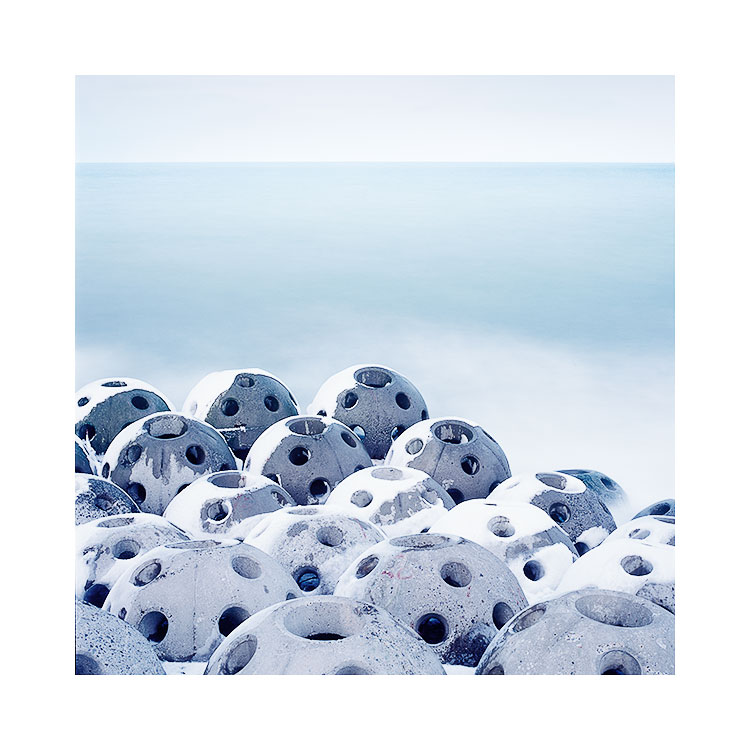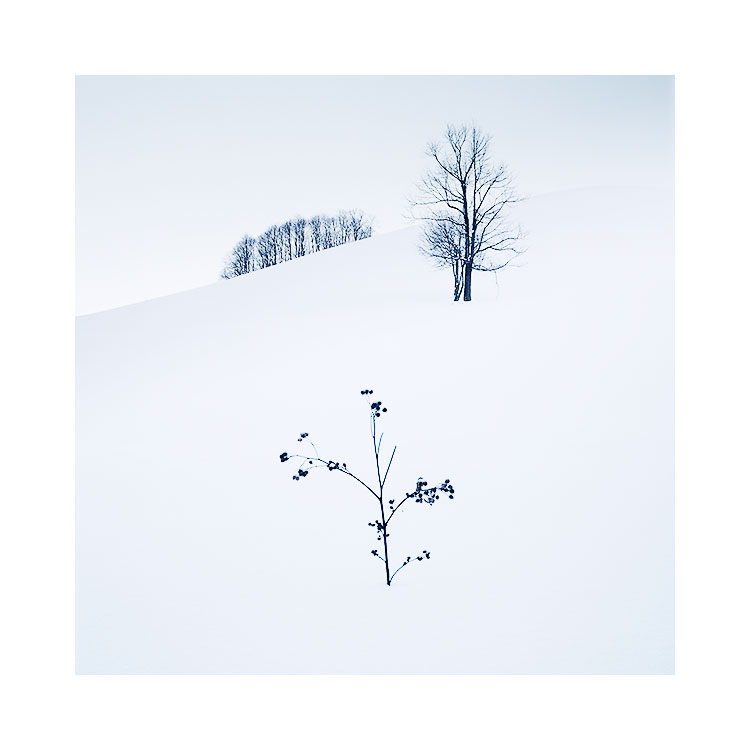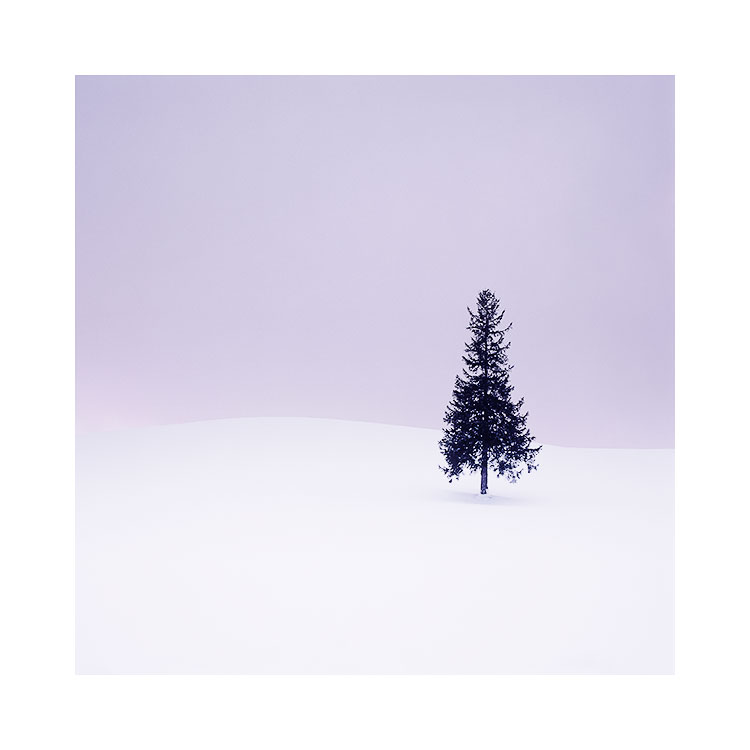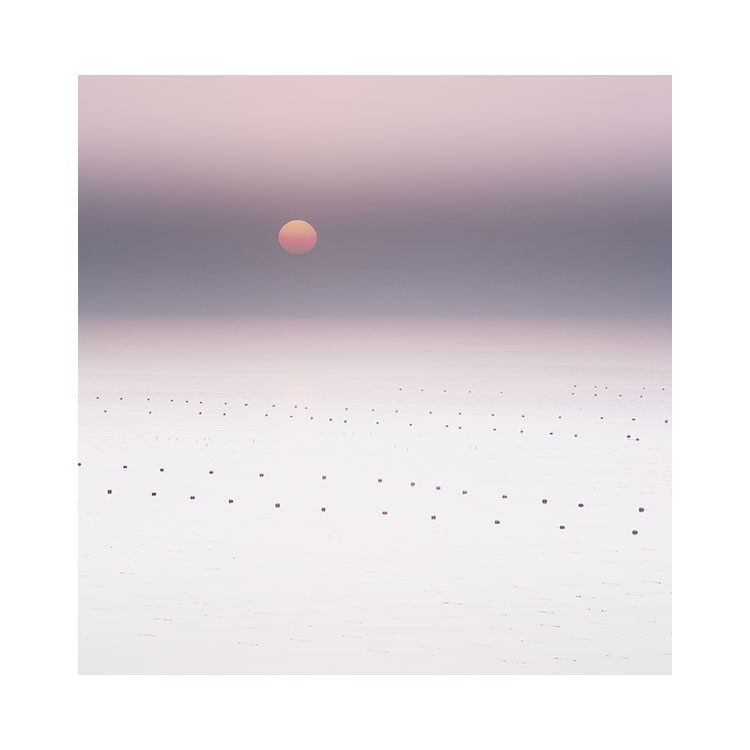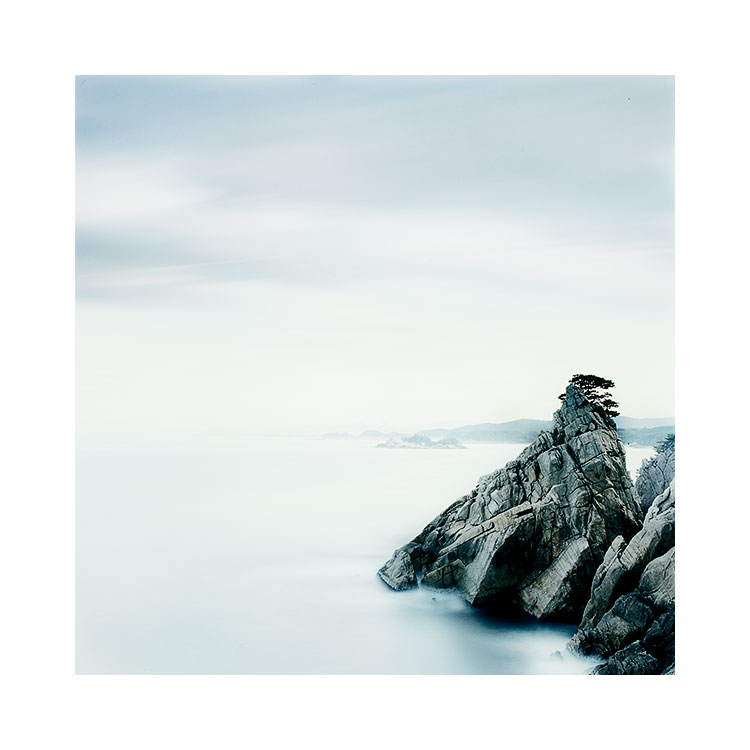I’m in the central highlands of Iceland right now. I’ve been coming here, offering a tour since 2016. I think this is my last tour for a while, as I need to give it a rest, and do something new next year. Anyhow, my guide allowed me to drive his vehicle this time round.
His car is a Ford F350 customised by sawing it in half, and bolting on the back of a Ford Excursion. It has six doors, and raised foot plate.
This video shows one of the ‘roads’ in the highlands: a river. I’ve been through this many times.
As much as I love the highlands of Iceland, I need to give it a rest now. After seven years, I need to go and do something else for a while. So next year I think my guide and myself will be working on a new tour.
I will return to the central highlands for sure, but I need some time away now. I don't ever see a time when I won’t be working in Iceland. It has become part of who I am. I have been coming here since 2004, and although I run two tours a year here, I often come to do my own thing as well.
Last September while running the tour here, Daniel Bergman said that I was an honorary Icelander: A huge compliment. My parents are highlanders from Sutherland in Scotland. My blood and my heart are from there. I feel a connection to Iceland because it is not only a beautiful place, but there is something similar in its raw nature to that of the Scottish Highlands. Perhaps I have just found somewhere that is a home from home? I don’t know. It is just a special country.
Many thanks to my guide and friend Haukur for trusting me with his amazing vehicle.






